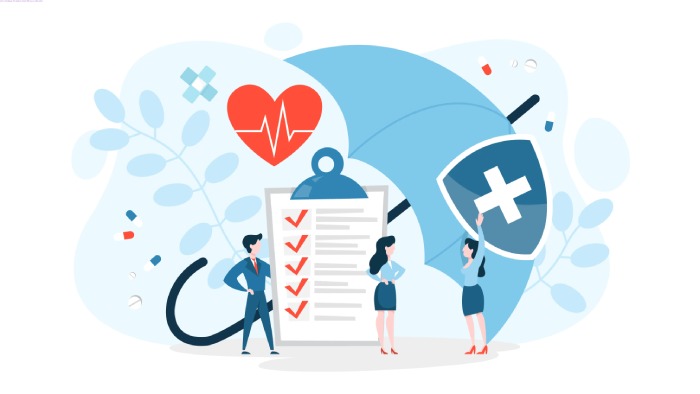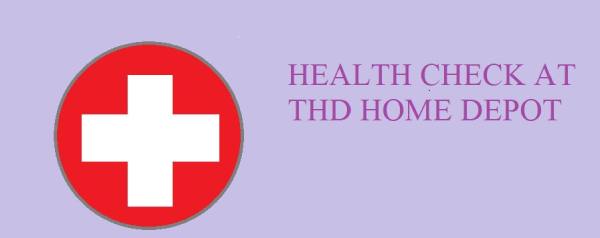Digital technology is revolutionizing many businesses, and the healthcare industry is no exception. Even if change is happening in this field more quickly than in the past, there are still difficulties. This post will go over the value of cohesive teams as well as strategies for overcoming obstacles in order to improve patient outcomes.
Table of Contents
Recognizing contemporary digital healthcare
Although in-person contacts will always be crucial, digital technology is still influencing healthcare today. Numerous technologies and platforms that have entered the mainstream for the delivery of healthcare services have fueled this change. This progression includes everything from telemedicine applications to electronic health records (EHRs).
Patients now have different expectations as a result of these instruments’ increased popularity. Patients nowadays expect greater accessibility and ease. In addition, they anticipate greater openness from their healthcare professionals and desire more customised treatment. It’s crucial to have access to basic features like online appointment scheduling and the capability of remote medical consultations when needed.
Teams in the medical field are collaborating better thanks to these technologies. As an elementary illustration, consider how EHRs facilitate the rapid and easy sharing of critical information across all patient care team members, giving everyone a current picture of the patient’s condition. To ensure that no one is making judgments based on outdated or irrelevant information, digital communication solutions also enable immediate communications across teams.
The composition of cohesive teams
A united team in the healthcare industry is one in which all members collaborate to achieve the greatest possible patient results. Members of a cohesive team usually possess diverse abilities and specializations, but they all share a dedication to the team’s operational procedures. This will cover their communication styles, mutual respect, responsibility, and decision-making.
Apart from this mutual dedication, cohesive healthcare teams efficiently utilize the abilities of every individual member. They hold frequent meetings, offer forums for debate and criticism, and ensure everyone knows and comprehends their responsibilities. These teams resemble a moving chain. Everything will go as planned as long as each link in the chain is fulfilling its responsibility. Any broken link in the chain affects every other link in the chain.
To some extent, the digital environment has altered united teams, and some difficulties exist. Individual team members’ varying levels of technology expertise may impede communication or slow down various operations. This might be a problem, especially for those who have been doing things a specific way for a while and are now expected to alter their workflow drastically.
To handle these issues, healthcare facilities must develop a culture supporting continuous training programs. The team environment should be one in which all members may use new technology confidently and without fear of criticism. Teams must be patient and not rush things when adjusting to recent changes in procedures and equipment.
Digital healthcare and communication
A team, whether in professional sports, business, or healthcare, can only function at its peak with communication. It is the cornerstone of excellent patient care, particularly in the healthcare industry. Instant communication systems, which have recently become popular, have entirely changed teamwork and made it possible to share information instantly. These technologies streamline and facilitate team communication whenever one member wants to talk to another about a patient’s care.
The ease with which team members may connect is only one advantage of digital healthcare. Additional benefits include:
- Receiving real-time warnings and updates.
- Reacting quickly to crises.
- Working together to modify treatment plans in light of new information.
Digital technologies also have a significant effect on communication since they let teams that are located on-site and remotely collaborate. Regarding your treatment plan, your primary care physician in New York can still readily work with a specialist in California.
Optimal decision-making process
One complete picture of patient data is possible with centralized patient dashboards made possible by digital healthcare. Team members may view all pertinent data in one location by logging onto these dashboards. The dashboards can quickly reflect modifications due to their centralized structure.
Thanks to these technologies, time-consuming searches and many cross-references are no longer necessary. They enable team members to reach a conclusion that would have taken hours or days in the past and swiftly agree on diagnostic or treatment strategies. This leads to prompt measures that may save lives and improve results through increased efficiency.
Research is another domain in which digital healthcare facilitates decision-making. The days of meticulously reviewing hard-copy research findings have long since passed. You can access the most recent clinical recommendations and research findings, which medical professionals may utilize to make well-informed judgments.
Education and retraining for the modern digital world
Training and upskilling in digital is increasingly essential for healthcare professionals because of situations where they may find it difficult to adjust to a new way of doing things. Healthcare workers need extensive training programs to support their constant need to adapt to new procedures and technology.
It is noteworthy that this needs to occur on a more professional level. Ensuring future healthcare workers have digital skills before entering the job has become a crucial aspect of schooling. Walsh University’s Master of Science in Nursing Family Nurse Practitioner (MSN-FNP) program is a prime illustration of this. This course equips students with all the necessary abilities to succeed in unified nursing teams in the future.
Bridging the tech-savviness and clinical skill gaps is the fundamental problem here. Not every IT genius is conversant with the nuances of healthcare protocols, but only some medical specialists are technologically literate. The goal of training programs should be striking a balance. They must improve their technical abilities without sacrificing their clinical expertise.
Here’s a straightforward illustration: acquiring the skills necessary to diagnose using new technological tools should enhance rather than replace clinical competence. Instead of transforming medical professionals into technologists, the objective is to provide them with digital tools that will enable them to provide high-quality treatment.
The landscape of digital healthcare is dynamic. It is evolving and will keep growing. It is as crucial to train healthcare professionals how to use the present tech stack as it is to prepare them to be lifelong learners who can adjust to future technologies.
Patient-focused treatment in the digital age
The care of the patient must always come first. Recognizing and honoring patients’ digital journeys are essential in the digital era. Using technology, healthcare teams may provide individualized treatment to each patient, but for this to be successful, they must work together as a team.
The foundation of this strategy is cooperation. Although there are now more technological instruments accessible, the method is still much the same as it was in the past. These systems can support collaboration among healthcare providers while giving people direct control over their health information, encouraging openness and involvement.
In addition to providing greater openness, these technologies help patients communicate more effectively. With video conferencing solutions, team members may now consult remotely as necessary. Patients may now swiftly and conveniently consult with healthcare team members, even if they live on the other side of the nation, rather than waiting a long time or traveling great distances.
Nevertheless, healthcare teams must be mindful of certain possible downsides despite these technologies’ advantages. First, only some patients have the same degree of access to or proficiency with digital technologies. Practitioners should be careful to avoid becoming overly dependent on these tools in these situations since there might be a variety of causes for this.
Similarly, if these tools are overused, patient-centered treatment may not be provided. Healthcare professionals may need to pay more attention to other relevant elements if they only adhere to the instructions provided by the digital instrument. The patient may also feel that way and feel more like a number on a screen in this situation rather than a person with unique circumstances.
Adequate healthcare is based on unified collaboration, which applies to the digital sphere. To guarantee that their patients receive the best treatment possible, healthcare executives must prioritize this in their organizations.
Also read:- How Useful Is Software for Call Analysis?
- Drones: Basic Uses, Information, Features & More – 2024 - April 9, 2024
- When to Use Asymmetric vs Symmetric Encryption - April 8, 2024
- 7 Key Benefits of opting .NET for Web Development in 2024 - April 6, 2024



